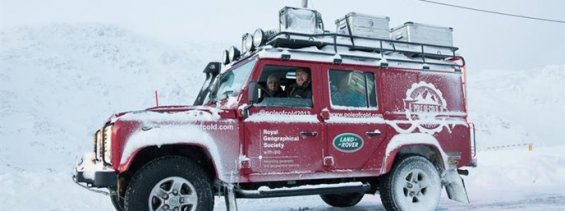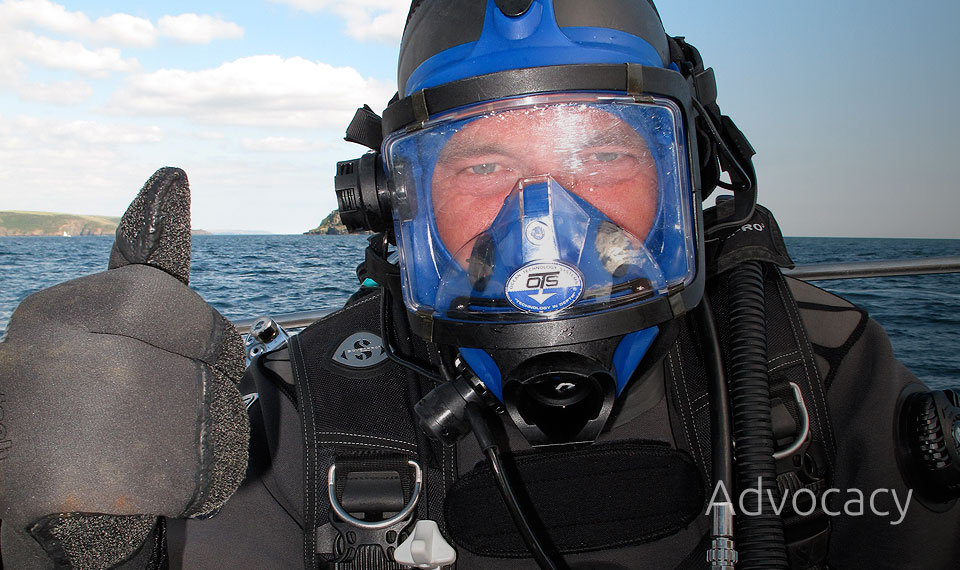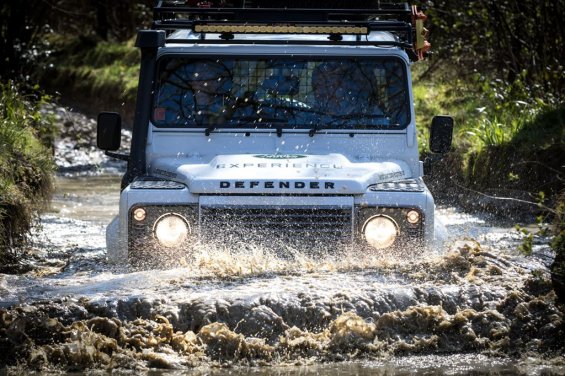NEWSFLASH:
SIX MONTHS, TWO COUNTRIES, ONE MOUNTAIN RANGE: Land Rover Defender at Heart of Transcaucasian Expedition
- A two person team will drive a modified Land Rover Defender 110 Station Wagon 1,500km across Georgia and Armenia to create the Caucasus region's first long distance hiking trail.
- The team will use GIS technology to survey off-road routes and develop in real-time the resources for the 1,500km trail.
- Six-month expedition sets off today, Tuesday 26 April, from the Royal Geographical Society (with IBG)'s headquarters in Kensington, London.
- Expedition, funded by the 2016 Royal Geographical Society (with IBG) Land Rover Bursary, aims to improve accessibility to the Lesser Caucasus mountain range for the local community, as well as international travellers, hikers and geographers
- Jaguar Land Rover's Special Vehicle Operations have transformed the Defender, creating a mobile surveying and communications unit
Keep in contact with the expedition on the official website.

The Land Rover Bursary, run by the Society on behalf of Land Rover, offers funding and the use of a 110 Defender vehicle.
The award is aimed at those who want to take a journey beyond their limits and boundaries, that offers challenges for the team and for which a Land Rover Defender 110 is an integral part of the expedition.
Your journey may connect you with schools, local communities or research projects but, whatever its aim, the team will be expected to inspire and engage others, both from the field and on return.
A bursary of £15,000 is available and in addition applicants can apply for a discretionary fund of up to £15,000 to support essential expedition related costs.
Deadline
30 November (each year)
Apply
Land Rover Bursary Guidelines (PDF)
Code of Practice for the Grants Programme (PDF)
Going above and beyond: stories and advice from the Field (PDF) offers tips on expedition planning, as well as sharing highlights and images of life in the field by the five teams who have cumulatively travelled across five continents and more than 100,000kms supported by the Land Rover Bursary to go 'above and beyond' their usual experiences, limits and boundaries.
Past recipients
2015: Trail by Fire
Dr Yves Moussallam, Dr Nial Peters, Aaron Curtis, Dr Talfan Barnie, Dr Ian Schipper and Dr Philipson Bani
From November 2015 to February 2016 an international team of volcanologists will travel 4,000km through the South American Andes to study more than 15 active volcanoes. Driving from Peru to the southern tip of Chile, the team will endure a range of climates, altitudes and terrain to complete the first accurate estimate of volcanic gas emissions along the entire length of the Nazca plate subduction zone.
The Land Rover Defender will become a mobile observatory, allowing the team to access and undertake measurements at volcanoes never before studied. Using state-of-the-art equipment the team will measure emissions both in situ and remotely, using an array of spectroscopic techniques and an Unmanned Aerial Vehicle (UAV).
The data collected by the Trail by Fire expedition will improve our understanding of the volatile gases released by volcanoes; one of the least well constrained parameters in current climate models.
Find out more about the expedition on the Trail by Fire website, or follow them on Twitter @trailbyfire
2014: The Grand Alpine Tour
Mark Allan, Dr Mike Lim and Thomas Shaw
This summer a team of three geographers travelled along the length of the Alps, from the UK to Italy, through France, Austria, Switzerland and Slovenia, to carry out research on the magnitude and frequency of landslides at high altitudes. Using a combination of traditional techniques and state of the art technology, including an Unmanned Aerial Vehicle (UAV) for 3D mapping, the team worked to interpret and better understand the current state of the European Alps by providing new insight into small and frequent landslides. Involving collaboration with an artist joining them on the journey, this project followed in the footsteps of the earliest explorers of the Grand Tour, furthering understanding of alpine landscapes and how they are portrayed.
Upon their return to the UK, the team have presented some of their initial findings at lectures in London and Newcastle. Follow the team on Twitter.
2013: The Pole of Cold
Felicity Aston, Gisli Jonsson and Manu Palomeque
The 'Pole of Cold' expedition aimed to chase the onset of winter across Europe and Siberia as far as the Pole of Cold, the coldest place in the northern hemisphere. The expedition focused on winter as a geographical concept by exploring the social, cultural and physical implications of the season on the communities the team met along the way. While enduring testing cold-weather conditions with temperatures regularly below -40°C, the team combined adventure, geography and art to share stories of day-to-day life in extreme climates in order that others might draw inspiration from them to look again at winter and their own lifestyles during the coldest months.
The Pole of Cold expedition took place between November 2013 and March 2014. The team documented their progress using photography and video. Visit the Pole of Cold website to find out more.
2012: Pushing the Limits
Andy Campbell, Michael Dobson and Steve Locke
Led by disabled adventurer Andy, Pushing the Limits travelled from the UK to The Black Sea in an expedition which aimed to widen our understanding and enjoyment of the geography on our doorstep. The team sort to demonstrate that the exploration of a diversity of landscapes is within everyone’s reach, whatever their ability.
Beginning their journey in June 2012, Pushing the Limits travelled through Europe following the route of the River Danube. Using a wide range of equipment – including off-road wheelchair, handcycle, kayak and paraglider - and accessing remote off-road areas with the Land Rover Defender 110, Pushing the Limits explored their surroundings by water, land and air.
2011: Glacier in a Greenhouse
A team of Durham University students with a keen interest in glaciology undertook research on the North East outlet lobe of the plateau icefield of Þorisjökull; looking specifically at the subglacial drainage system of the glacier, glacial sedimentary deposits, debris transport within the ice, landsystems mapping and reconstructing glacier growth and decay. These elements of research gave a wider understanding of how the glacial system operates as a whole.
2010: Fault Line Living
Serena Davies, Tamsin Davies and Adam Whitaker
An arduous 12 week, 15,000 mile journey exploring the realities of life for people living along fault lines. From Iceland to Italy, Greece, Turkey and Iran. The team worked with school students, seismologists and talked to the local people of each country to uncover how different communities adapt to the challenges of fault line living.
2009: Atlantic Rising
William Lorimer, Tim Bromfield and Lynn Morris
Atlantic Rising’s journey traced what could be the new coastline of the ocean with projected sea level rise in the next century; they explored the places, people and histories that would be lost to the rising tide if climate change continues. The team have developed a programme of talks to both adults and school students. For more information contact info [at] atlanticrising.org
2008: Latitude
Peter Lovell, Spike Reid and David Smith
Latitude travelled in a Land Rover Defender along the line of 50° North across Europe through Asia and Canada collecting stories of people's adaptations to their environments.
Other projects supported by Land Rover
In 2015 Land Rover has generously supported the 'Into No Man's Land' expedition with the loan of a Land Rover Discovery Sport vehicle. For details of the project please visit the Thesiger-Oman Fellowship page.

